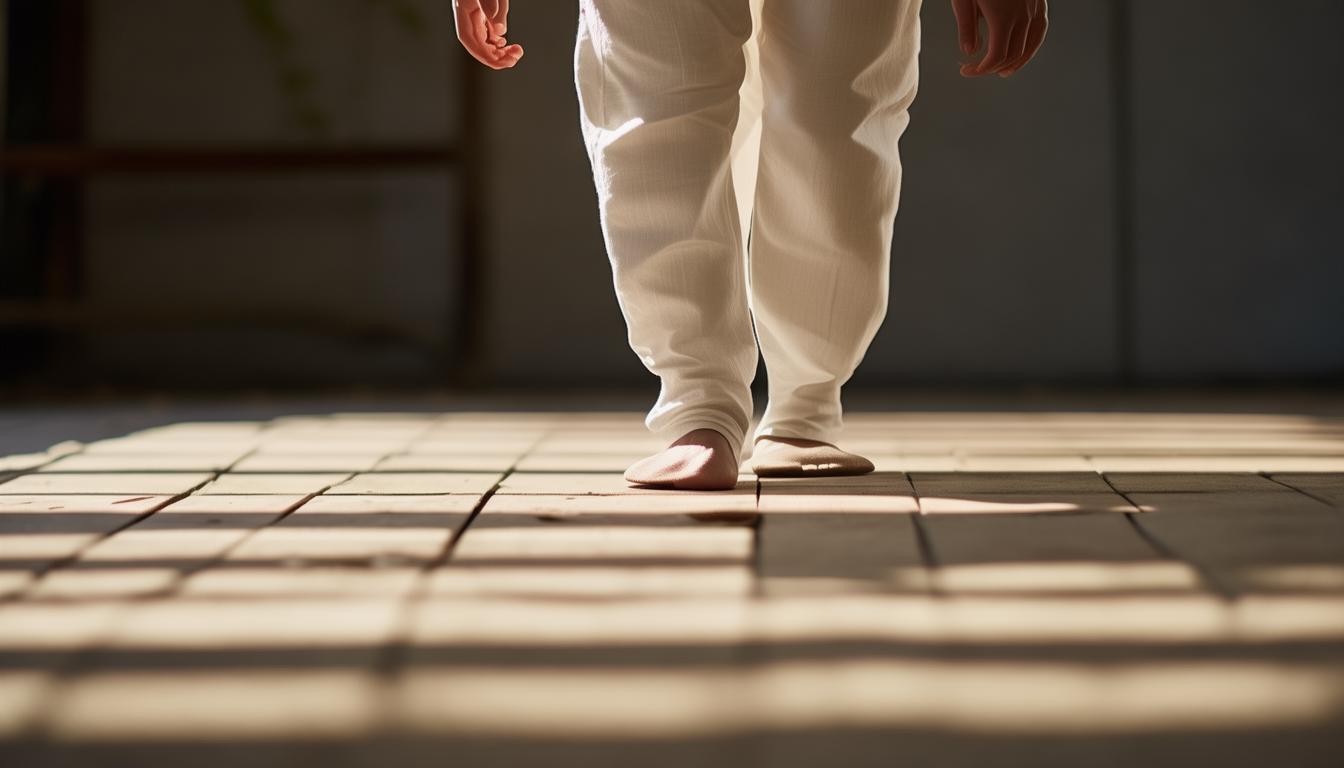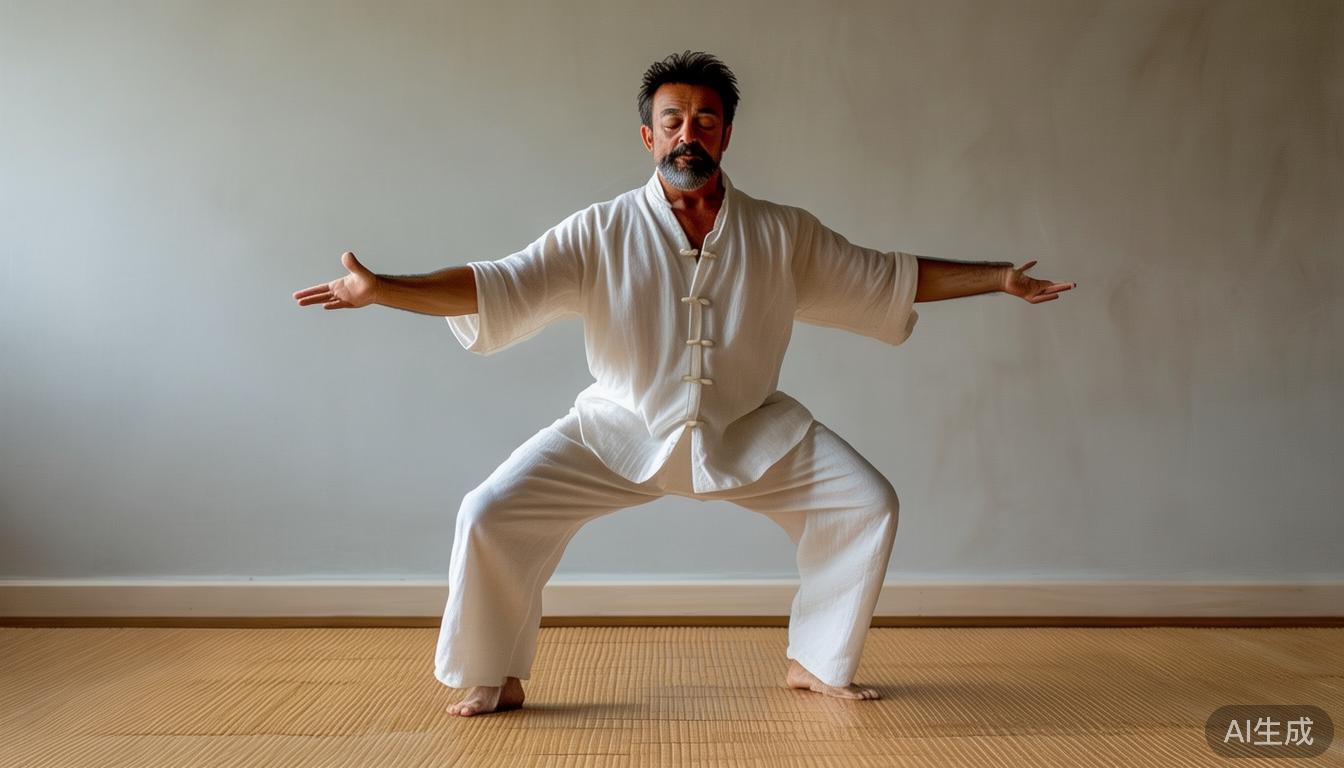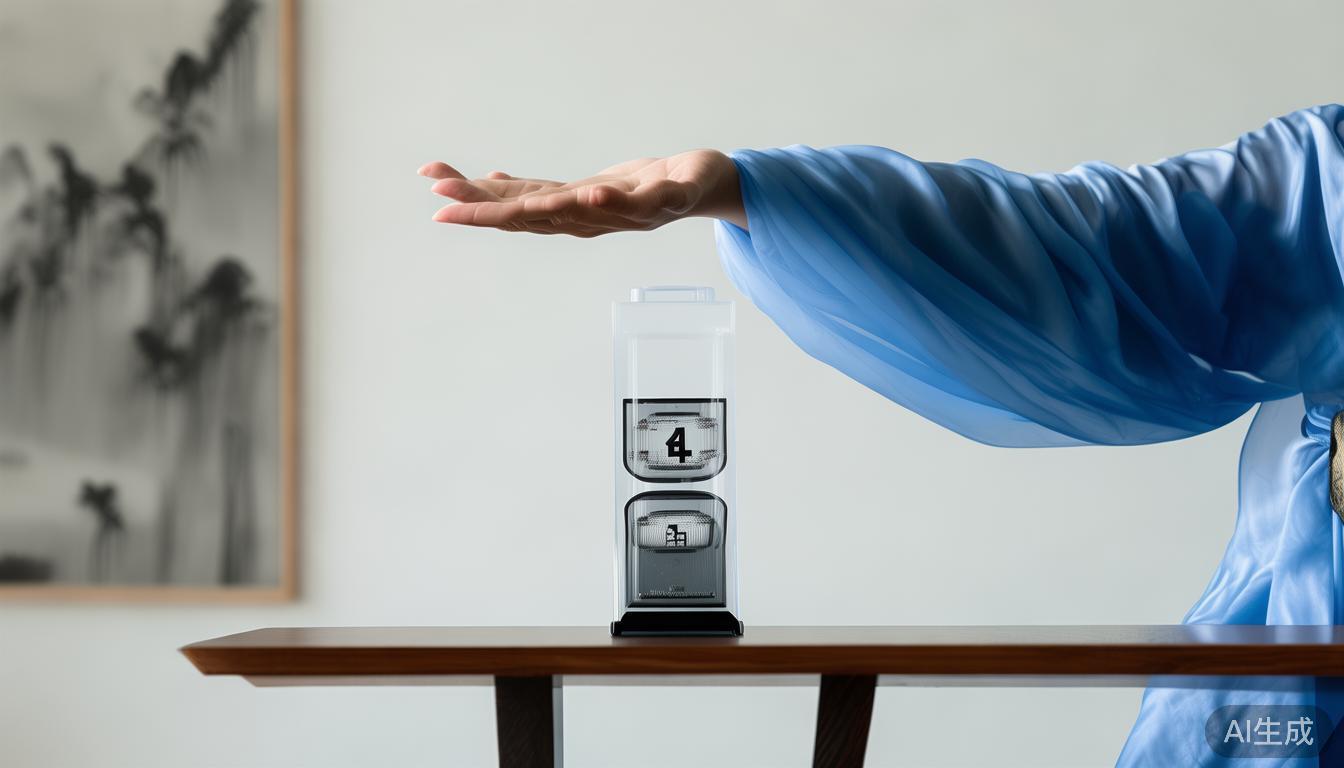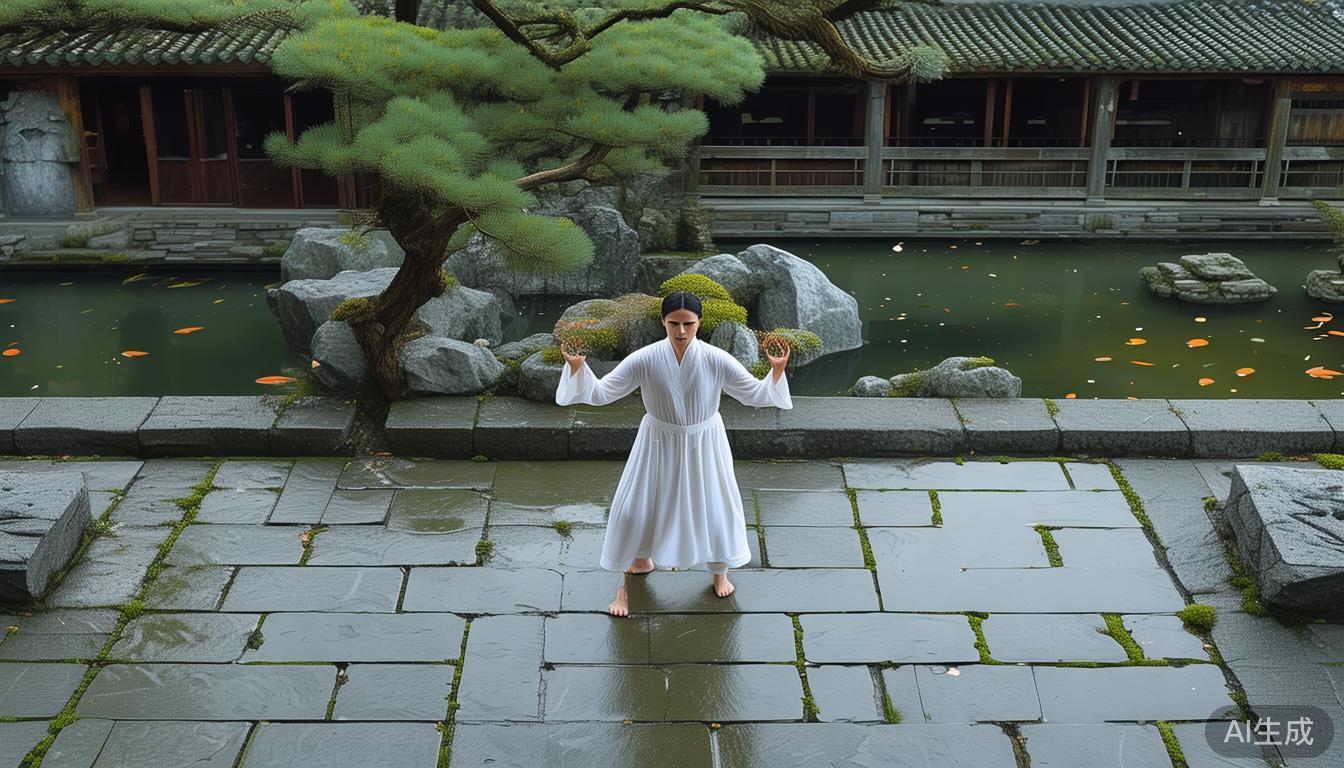For novices, choosing appropriate standing postures is very important for learning Tai Chi. These postures are the foundation for learning Tai Chi well. Here, I will list some Tai Chi standing methods suitable for beginners.
Basic stand
When standing, your feet should be kept parallel, with the width of shoulders and the toes facing forward. The knees are slightly bent, as if sitting on an invisible chair, so that the body's strength can be evenly distributed across the feet. Imagine a rope above the head pulling upwards, maintaining the head position upright, keeping the neck naturally stretched, and gently retracting the chin inward. This standing method helps beginners perceive body balance and center, providing a solid foundation for subsequent movements.
Opening step

The legs are slowly spread out, slightly wider than the shoulders, and the toes are kept facing forward. The knee bends slightly higher than when standing, but be careful not to exceed the height of the toes. Arms are naturally hanging and placed on both sides of the body. Taking the opening step can improve physical stability and enable beginners to experience a stable lower plate. In addition, this way of standing is also conducive to the stretching of the hip joint and makes the body more flexible.
Lung
Step out the front foot, with the toes facing forward, and the knees bent, forming an angle perpendicular to the toes; at the same time, push the back foot hard, move the toes diagonally forward, and lift the heels gently. The center of gravity of the body is tilted forward, mainly focusing on the front legs. The arms need to adjust their posture according to the motion requirements. This lunge posture helps to enhance leg strength and hip flexibility and is one of the common ways to stand in Tai Chi. During the practice, you should be careful not to go too far beyond the toes, and the back foot should not be too stiff.
Void step

Touch the ground gently, lift the heels, touch the ground with your fingertips; the other foot bears the weight of the body and the knees bent slightly. The core strength of the body is concentrated on the back foot, and the front foot falls lightly, like a dragonfly taps it on the water. The main purpose of the virtual step exercise is to improve the body's sense of balance and the experience of the transformation between virtual and real. During the practice, you need to pay attention to the strength of the forefoot . It should not be too heavy or completely suspended.
Take a break
The hind heel takes a step toward the side of the forefoot, cross the legs and bend to a full squat, the entire soles of the forefoot are close to the ground, the toes are spread out, the heels are off the ground, and the hips are sitting near the heels. This resting move not only enhances leg flexibility and strength, but also improves body coordination. When practicing rest steps, you should pay attention to keeping the center of gravity stable and avoid shaking left and right.
Have you encountered any difficulties during these standing postures in practicing Tai Chi? If you think this article is helpful to you , Tai Chi And Diabetes Courses Online , you might as well like it or share it!





